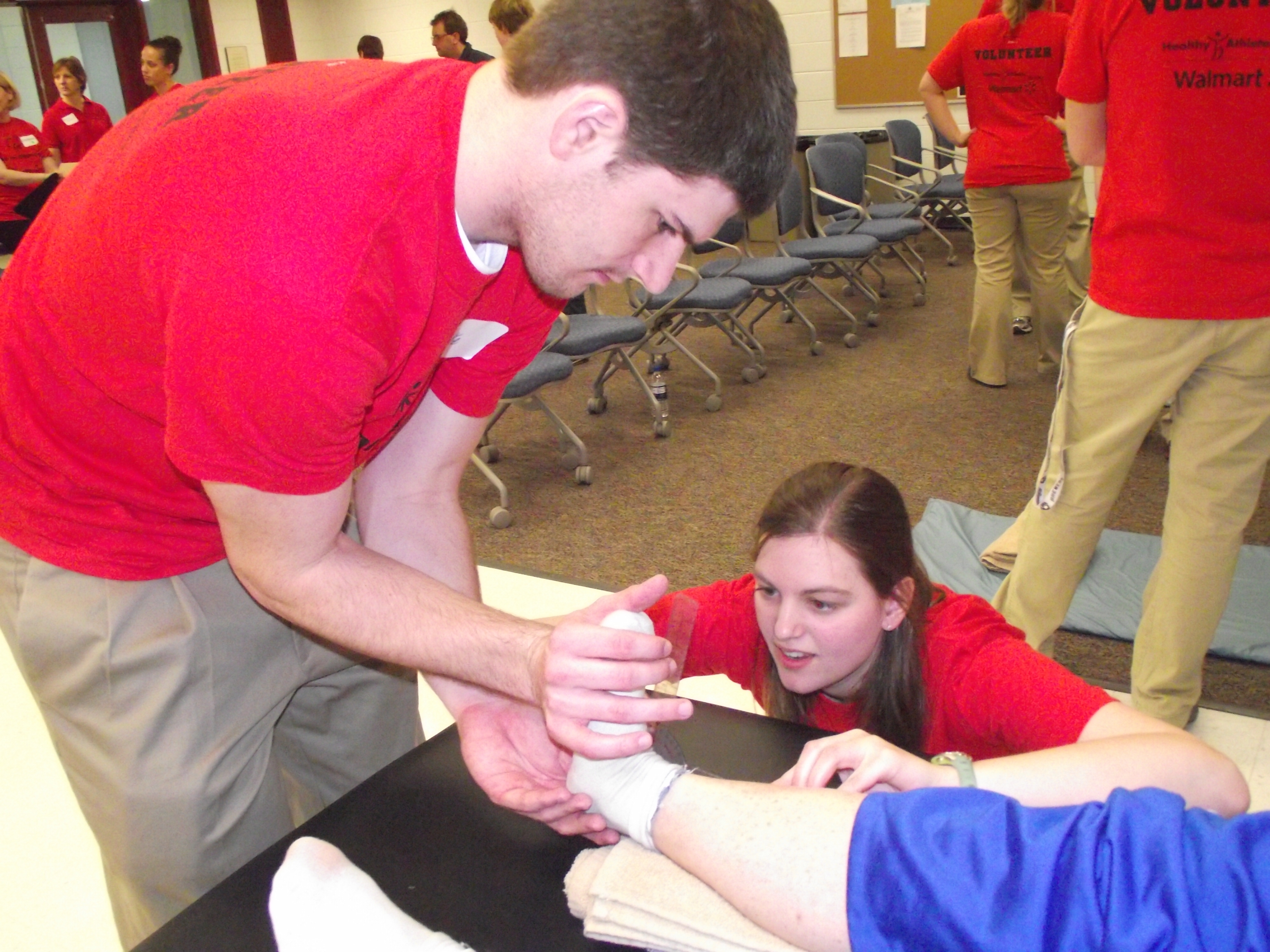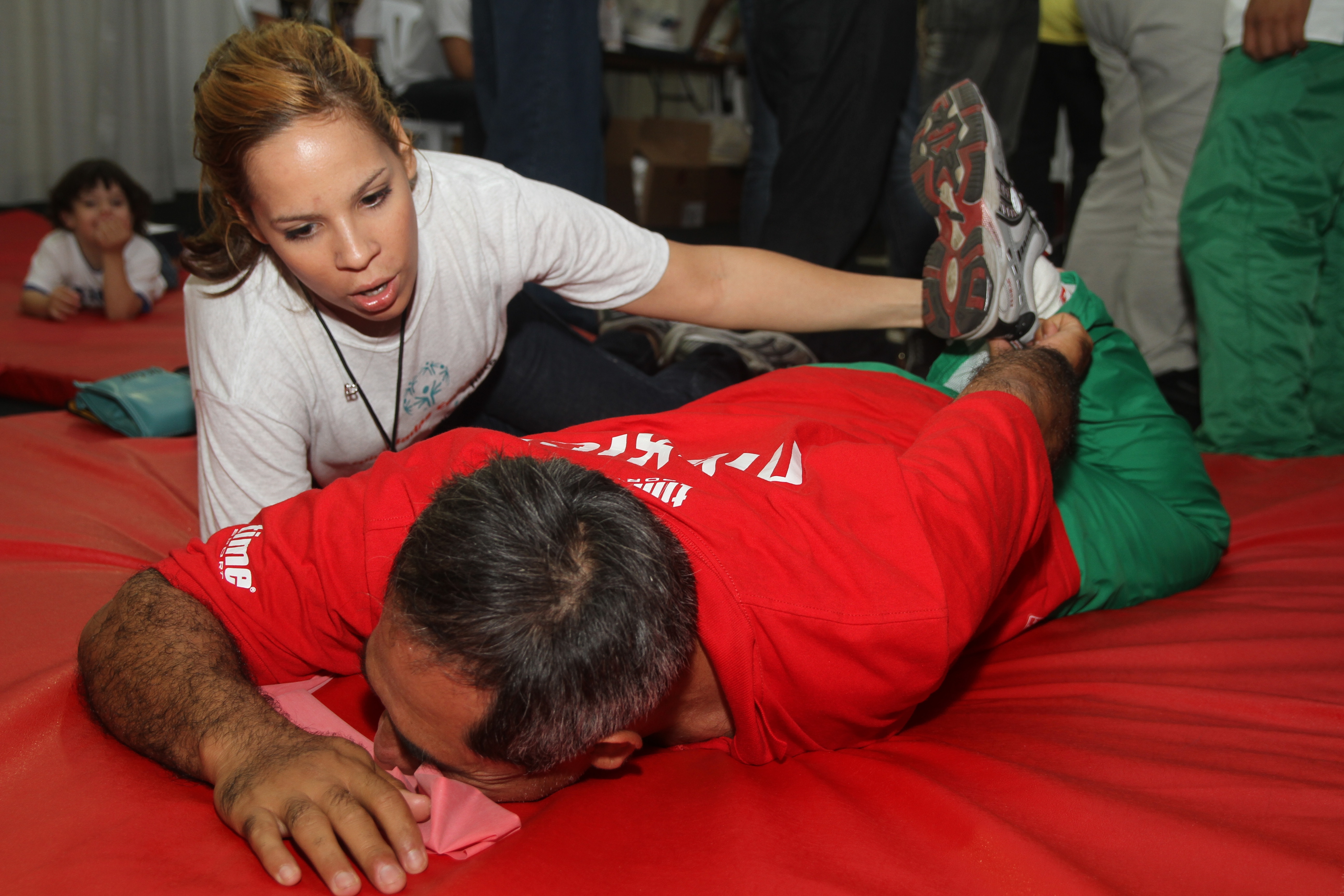By APTA
Blog post written by: Donna B Bainbridge, PT, EdD, ATC; James Michael Gleason, PT, MS; and Victoria S T Tilley, PT, GCS
People with intellectual disability are at risk for poorer health and earlier death than the general population. People with intellectual disability may have more difficulty understanding advertisements and media messages intended to enhance or promote health, and they often depend on family or caregivers to provide support and guidance in daily decision making. Many people with intellectual disability are underemployed or unemployed with limited financial resources, especially discretionary income to allow them to participate in recreational and physical activity programs. Many coaches and volunteers who work with sports teams in local communities may be reluctant to include children, youth, and adults with disabilities, or do not have the knowledge to teach sports-related skills to those who have difficulty learning or need extra time to learn or practice basic skills. As a result, people with intellectual disability may not have access to the many programs available to the nondisabled population that are extremely important to staying active and avoiding many chronic health conditions such as cardiovascular disease, diabetes, overweight, and other health problems.

In response to these needs, physical therapists (PTs) have become important contributors to the Special Olympics Healthy Athletes screening and other healthy lifestyle initiatives. In 2000, a fitness screening protocol called FUNFitness was developed by the American Physical Therapy Association (APTA) in collaboration with Special Olympics to evaluate flexibility, strength, balance, and aerobic fitness in Special Olympics athletes. FUNfitness volunteers have screened over 160,000 Special Olympics athletes, collected data on physical performance, and provided individual instruction and referrals to physicians and to physical therapists as needed as a result of these screenings. The screening tests reveal that most Special Olympics athletes with intellectual disabilities have limitations in flexibility and poor balance skills. Much also needs to be done to improve their athletic skills, promote better daily function and health, prevent falls, and enlist more health care providers to provide needed services. Special Olympics has trained thousands of PTs and PT students to conduct the screenings and provide meaningful information and advice to athletes. FUNfitness has developed close collaborative ties with APTA in the United States and has developed a network through the World Confederation for Physical Therapy to expand these discussions and efforts globally .

These screening efforts have become a routine part of Special Olympics activities in many states and in countries around the globe. In addition, FUNfitness has developed a range of fitness materials and protocols for Special Olympics coaches to use for promotion of fitness with their athletes. Currently, FUNfitness and Special Olympics programs are developing and pilot testing a variety of community-based year-round fitness programs for athletes, such as the Special Olympics Get Fit for Sport designed for the Presidential Active Lifestyle Award, or PALA%20. These resources will be posted on the Get Fit for Sport Special Olympics webpage so that Special Olympics programs, families, and physical therapists can use them to encourage individual and group fitness activities.
People with intellectual disabilities need access to knowledgeable health and fitness resources and to practitioners who can provide information and programs that are barrier free, can be easily understood, and encourage participation in physical activity and fitness. PTs are ideally suited to help make this happen. We challenge PTs to become more involved in their communities and to include people with intellectual disability who are frequently underserved by health promotion efforts.
What is your experience with working with people with intellectual disability? How can we promote improved fitness and physical activity for this population?